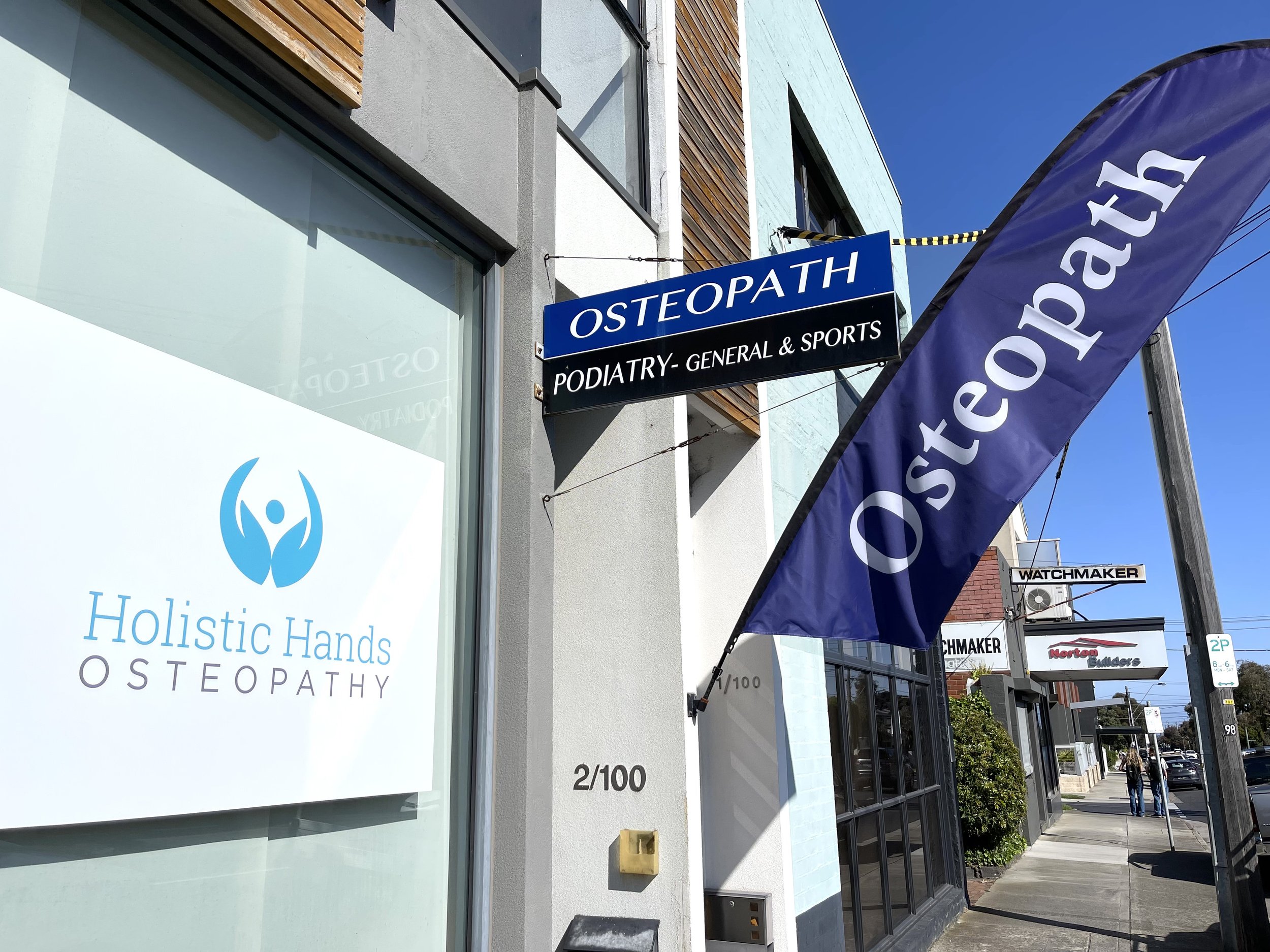
Swing Without Strain: Debunking the 'No Pain, No Gain' Golf Myth
Blog Post on Swing Without Strain: Debunking the 'No Pain, No Gain' Golf Myth
The phrase "no pain, no gain" has long been a mantra in the world of sports, including golf. Many golfers believe that pushing through pain is a necessary part of improving their game. But is this really the best approach?
The Myth: The "no pain, no gain" mentality suggests that enduring discomfort or pain during training will lead to better performance. This belief is rooted in the idea that hard work and perseverance, even at the cost of physical pain, are essential for success.
The Reality: Contrary to this belief, pushing through pain can be detrimental to your golf game. Ignoring pain often leads to long-term injuries and decreased performance. Scientific evidence and expert opinions highlight the importance of listening to your body and recognizing pain as a signal that something is wrong.
Dr Cat Norris, an Osteopath at Holistic Hands Osteopathy in Black Rock is an expert in golf fitness and injury prevention, advocates for a pain-free approach to training. Her method focuses on improving performance through proper technique and targeted exercises, emphasizing the importance of mobility, flexibility, and strength.
Benefits of Pain-Free Training: Training without pain not only reduces the risk of injury but also enhances overall performance. By focusing on mobility and flexibility, golfers can achieve a more efficient swing and greater consistency on the course.
Practical Tips:
Warm-Up Properly: Begin each session with a dynamic warm-up to prepare your muscles and joints for activity.
Listen to Your Body: Pay attention to any signs of discomfort and adjust your training accordingly.
Incorporate Recovery: Allow time for rest and recovery to prevent overuse injuries.
Focus on Technique: Work with a coach or trainer to ensure your technique is correct and efficient.
By adopting a pain-free approach to training, you can enjoy the game of golf while minimizing the risk of injury. Remember, it's not about enduring pain but about playing smarter and more effectively.
7 Reasons Why You Shouldn't Skip Your Warm Up!
Ever wondered if it was really necessary to warm up before you exercise? Undertaking a proper warm-up and cool-down has many benefits that can assist in decreasing your risk of injury and maximising the effectiveness of your workout.
Just How Important is Warming Up?
Get the most out of your work out and assist in preventing injuries!
Do you regularly incorporate a warm-up in your exercise regime? Or are you the type to jump headfirst into your work out?
The purpose of a warm-up is to prepare the body for exercise. Your warm up will be determined by the type of exercise you are going to be doing. It should be done immediately prior to exercise, and produce some mild sweating without fatigue.
Clinical studies have shown that a structured warm-up program can reduce the risk of injury by at least 50%. If that isn’t a good enough reason to spare the time to warm up before you start, then I don’t know what is! Because in the mind of any exercise enthusiast, the last thing we want OR need is to fall victim to injuries.
Here are some of the many benefits of a proper warm-up prior to exercise…
- Increases your body temperature – as more blood pumps around your body, the muscles become warm, and they have more elasticity and reduces the likelihood of strains
- Increases muscle temperature – a warm muscle contracts and relaxes quicker, works more efficiently and decreases the risk of injury
- Blood vessels dilate – allows more blood to reach your muscles and decrease resistance to blood flow and less stress on your heart to pump the blood
- Increased range of motion of joints as they and the surrounding muscles become warm
- Dynamic exercises decrease muscle stiffness
- Allows heart rate to get to a workable rate for the start of your session
- Mental preparation and increasing focus on the task ahead
What type of warm up should I be doing?
Your warm up should be determined by the type of exercise you are about to undertake. For example, if you are about to go for a run, you should include a slow jog for 5-10 minutes, specific running drills, and dynamic stretching to get your heart rate slowly up and blood pumping around your body and get those lower limbs muscles firing.
If you are doing a weights session, 5-10 minutes of brisk walking on the treadmill/riding on the bike followed by some easy mobility work using the muscles and joints you are using in your session to ensure the joints/muscles are primed and ready to be used. You also can include a set of non-weighted reps to allow the body to prepare for the heavier load and make sure those muscles are switched on.
Don’t forget about the COOL-DOWN!
A very important aspect to ones work-out that is often neglected or forgotten! All too often I’ve seen people finish their work-out and then rush off, rarely sparing the time or thought to adequately cool-down (I, myself are guilty of this far too many times).
It doesn’t have to be time-consuming affair, just 10- 15 minutes at the conclusion of the session. Active recovery is important because it flushes the lactic acid from the circulation. A simple way to do this is 5 minutes of brisk walking or riding the bike.
Other components of a cool-down can include some stretching and using a foam roller over the muscles that have been used in that work-out. Static stretching is best suited for post-exercise (stretch slowly and gently, hold for 30-60 seconds, stretch to the point of tension but never pain, repeat 2-3 times as needed).


